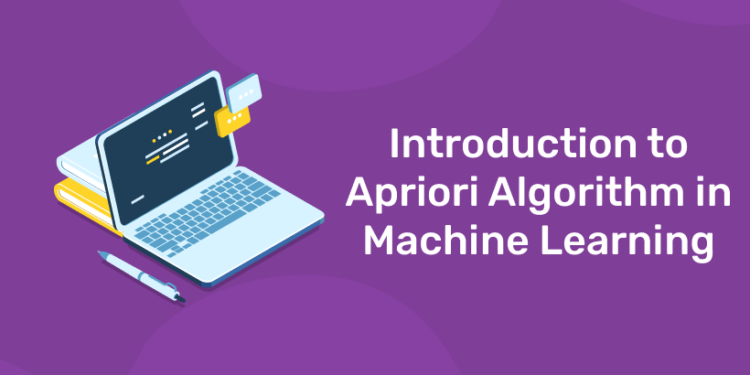The concept of Machine Learning has a priority in today’s world. The new world order is purely based on technology. The gadgets we use, the machines we come across, the vehicles we use everything is working based on technology. Machine learning helps technology to advance to the next level. We have seen the up-gradation of manual vehicles to automated ones, from keypad phones to touch screen phones, etc. Depending on the application, machine learning is when a system analyses or observes diverse data and acts accordingly, either through classification, regression, clustering, association rule-based learning, or even reinforcement learning. Machine learning is required and used in everything from Google Search prediction, Autocorrect, weather prediction, Google Assistant (or Siri or Alexa), to facial recognition.
Data Science and Machine Learning courses with Placement. Sign up to Entri now
Machine learning (ML) is the scientific study of algorithms and statistical models used by computer systems to accomplish a certain task without explicit instructions, instead of relying on patterns and inference.
What is Apriori Algorithm?
Apriori algorithm was introduced in the year 1994. The Apriori algorithm finds the most frequently occurring itemsets or elements in a transaction database and generates association rules between them. The method involves a “bottom-up” strategy in which frequent subsets are expanded one item at a time (candidate generation), and groups of candidates are compared to the data. The algorithm terminates when no more successful rules can be extracted from the data. While constructing association rules between components or objects, the algorithm considers three critical factors: support, confidence, and lift. Apriori can employ a variety of alternative ways to boost efficiency. They are:
- Hashing reduces database scans.
- Transaction reduction comprises excluding infrequent transactions from additional scrutiny.
- Partitioning must be common in at least one of the divisions.
- With Dynamic Itemset Counting, you can reduce the number of times you run through the data.
- The process of picking random samples is known as sampling.
Apriori Algorithm in Data Mining
Apriori is a typical algorithm used in data mining. It is used to find the most frequent elements and significant correlations in a dataset. The Apriori algorithm is based on a simple concept. When an item set’s support value exceeds a specific threshold, it is labeled a frequent item set. Take into consideration the following actions. Set the support criterion first, which means that only items with more than the support threshold are considered relevant. The steps of how the apriori algorithm work in data mining is as follows:
- Step 1: Make a list of all the items that appear in each transaction and a frequency table of them.
- Step 2: Determine the bare minimum of assistance. Only items with the support that is above or matches the threshold support are considered noteworthy.
- Step 3: Consider all possible combinations of crucial elements, keeping in mind that AB and BA are interchangeable.
- Step 4: Estimate how many times each pair occurs in a transaction.
- Step 5: Only data sets that match the criterion of support are considered significant.
- Step 6: Assume you want to identify a group of three items that can be purchased together. To construct a three-item set, a rule known as self-join is required.
- Step 7: When the threshold criterion is satisfied, the needed itemset will be obtained.
Apriori Algorithm in Machine Learning
We are most interested in frequent itemsets in the apriori process. The itemsets that are frequently used are those whose support value is greater than the user-defined minimum support value or the threshold value that we have established. To make things simpler, consider the two itemsets, P and Q. The P and Q are the most often used itemsets. Consider the following transactions: P = 1,2,3,4,5, and Q = 2,3,7. The common itemsets in these two transactions are 2 and 3. The phases of the Apriori algorithm in machine learning are as follows:
- Phase 1: We must first identify the list of support items in the transactional databases. As a result, we must choose the minimal support and confidence levels.
- Phase 2: Using greater support values, we must extract all of the support values from the transaction table.
- The specified support value is more than the minor support value.
- Phase 3: We must locate the entire collection of regulations. According to these guidelines, the subset values with greater confidence values than the minimum confidence value or the threshold value.
- Phase 4: We arrange the set of rules in decreasing order here.
Conclusion
In this tech-savvy world, data mining and Machine learning have a huge impact and they are leading the tech world. There are many underrated algorithms in Machine learning and the Apriori algorithm is one among them. Apriori algorithm is helpful in both data mining and machine learning.












